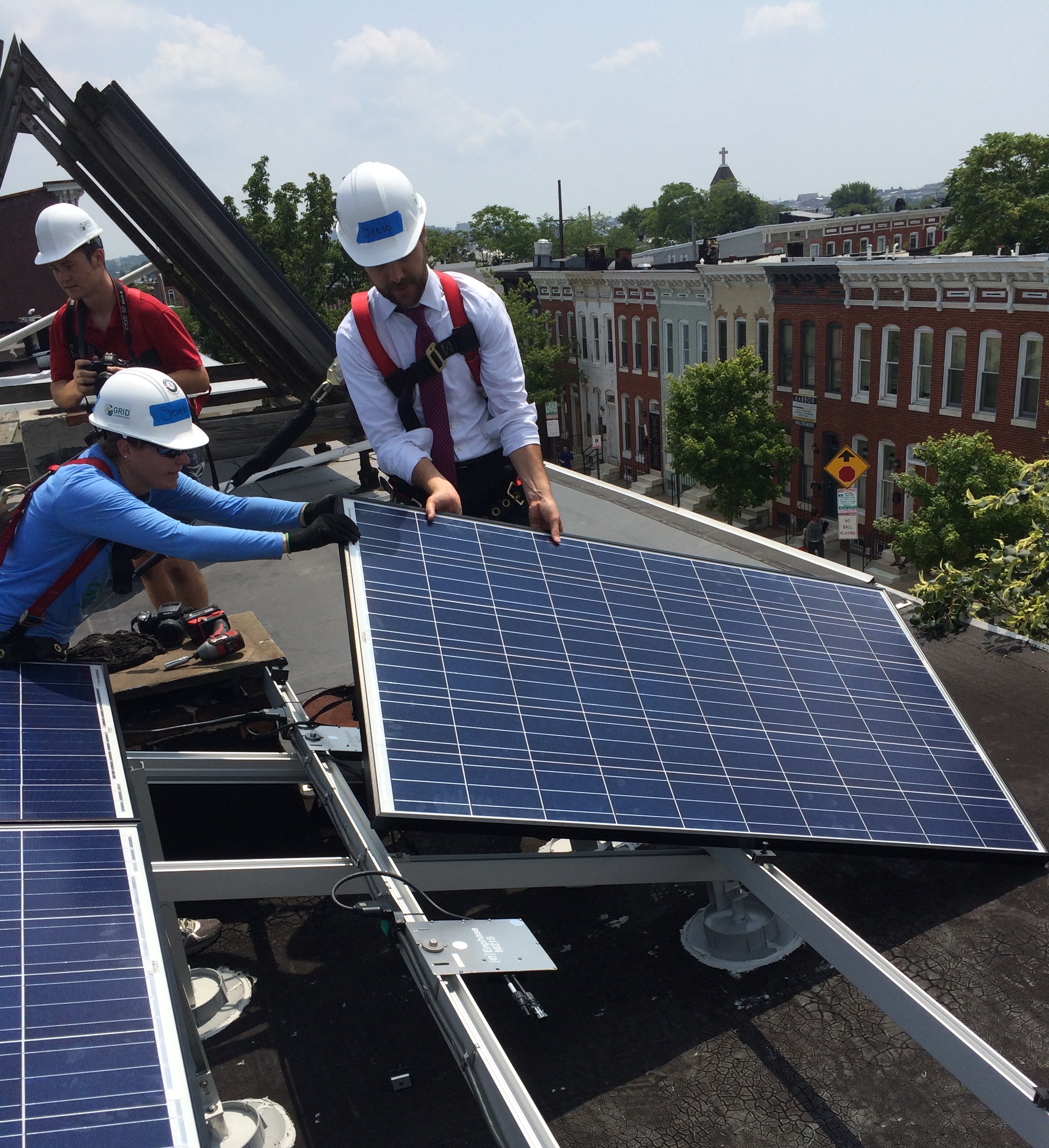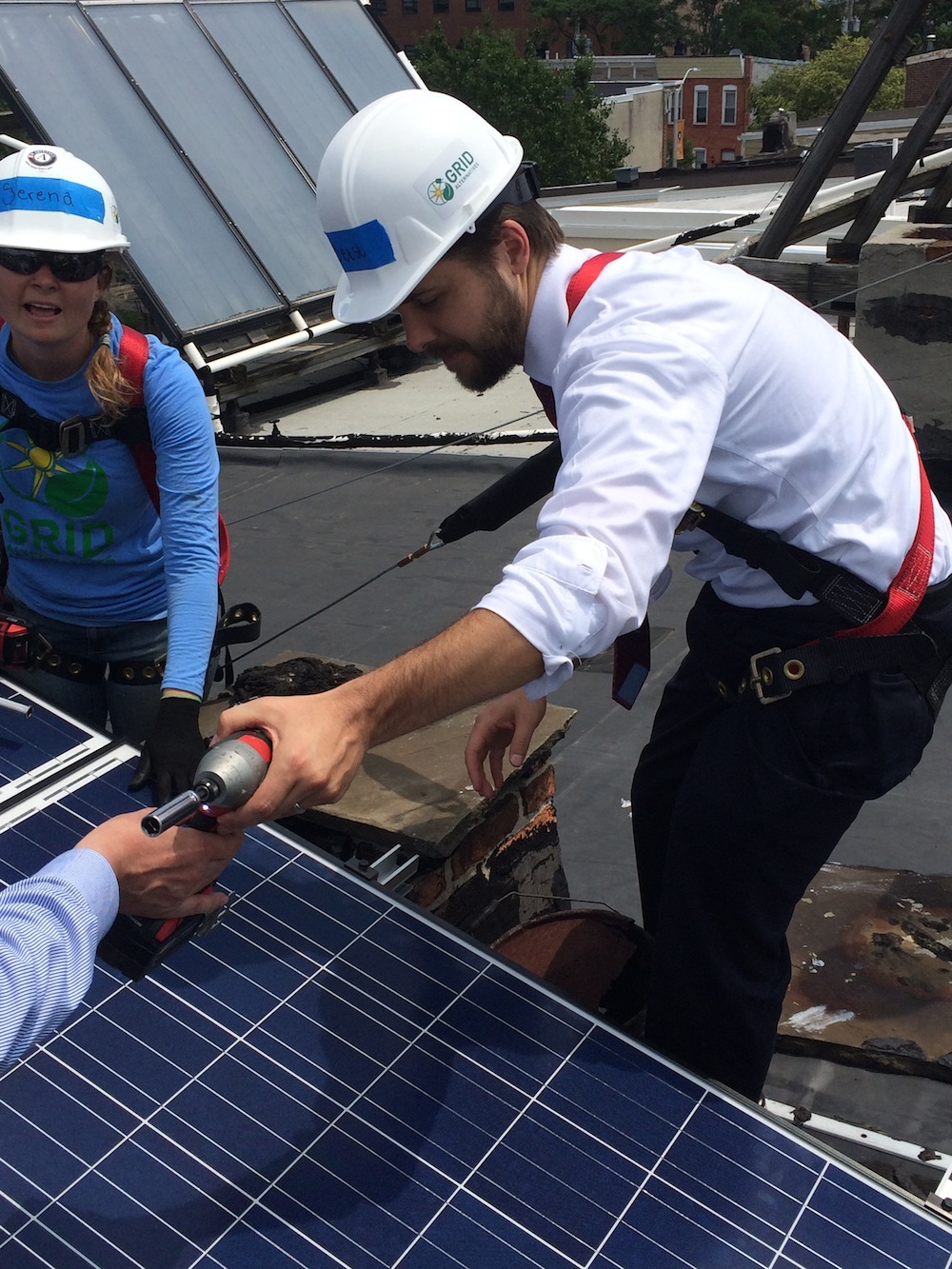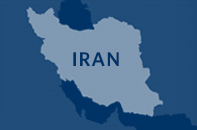Increasing Solar Access for All Americans

Last year, the United States brought online as much solar energy every three weeks as it did in all of 2008, and the solar industry added jobs 10 times faster than the rest of the economy. And since the beginning of 2010, the average cost of a solar electric system has dropped by 50 percent.
But we know that our economy is strongest when every American has the tools to get ahead. That means just as we are working to make high-quality health care and community college more available and affordable to middle-class and low-income families, we must also work to expand opportunities for families to use cleaner sources of energy that can help households save on their utility bills.

That is why today, senior Administration officials were joined by Congressman Cummings and Mayor Stephanie Rawlings-Blake in Baltimore to announce a new initiative to increase access to solar for all Americans, including low- and moderate- income communities, and expand opportunities join the solar workforce. Some of the key components of the initiative include:
- Launching a National Community Solar Partnership to unlock access to solar for the nearly 50 percent of households and businesses that are renters or do not have adequate roof space to install solar panels, including issuing a guide to Support States In Developing Community Solar Programs
- Setting a goal to install 300 megawatts (MW) of renewable energy in federally subsidized housing, triple our original goal, and providing technical assistance to make it easier to install solar, including clarifying how to use Federal funding;
- Housing authorities, rural electric co-ops, power companies, and organizations in more than 20 states across the country are committing to put in place more than 260 solar energy projects, including projects to help low- and moderate- income communities save on their energy bills and further community solar;
- More than $520 million in independent commitments from philanthropic and impact investors, states, and cities to advance community solar or scale up solar and energy efficiency for low- and moderate- income households;
- AmeriCorps funding to deploy solar and create jobs in underserved communities;
- Expanding solar energy education and opportunities for job training; and
- The solar industry is also setting its own, independent goal of becoming the most diverse sector of the U.S. energy industry, and a number of companies are announcing that they are taking steps to build a more inclusive solar workforce.

These new actions build on President Obama’s goal to train 75,000 workers to enter the solar industry by 2020 and the Solar Ready Vets program that will train transitioning military personnel for careers in the solar industry at 10 military bases.
Check out some of the photos from today’s event here:









